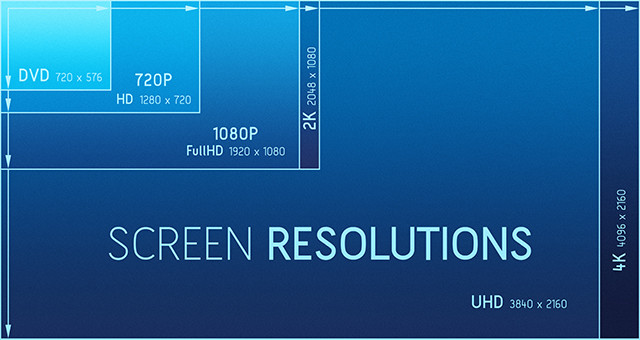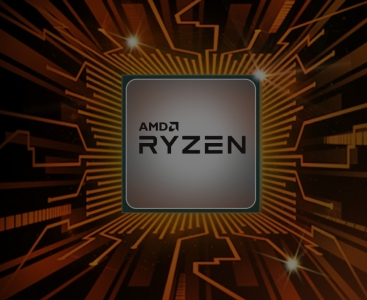Which is the best NVIDIA graphics card for gaming?
Which is the best NVIDIA graphics card for gaming?
How will we compare graphics cards for gaming?
Comparing graphics cards can be a tricky business, it’s a bit like trying to compare only the engines in a car. There is so much more that contributes to whether the car is any good to drive than just the engine, but it is undoubtedly still a hugely important component. However, there are measures of how an engine performs within the car as a whole in the commonly used brake-horsepower. So, the same goes for graphics cards by comparing the frames-per-second (FPS) they can display.
The generally accepted FPS for quality gameplay is 60 FPS. So, we will assume this is the target standard we are trying to achieve when we talk about what settings or components to use with each card. We will look at what each graphics card allows you to do regarding graphical settings, at roughly 60 fps and give you an idea of what resolution you will need to play the game at.
What do HD, Full HD, Quad HD and 4K mean, and how do they relate?
NVIDIA GTX 1050 2GB
System Price point: £700 and under
What resolution: 720p / 1080p
This is console-level 720p PC Gaming at high settings, but with all the available catalogue of PC games and the advantage of a full PC. Turn down the game settings and start with 1080p gameplay.
GTX 1050 vs GTX 1050Ti:

GTX 1050 Ti
System Price point: £600 – £900
What resolution: 1080p
Step-up to the NVIDIA GTX 1050Ti 4GB and get improved texture and shading. The increased memory and faster GPU enable more detail for more vibrant gameplay at 1080p.
GTX 1050 Ti vs GTX 1050 2GB:

GTX 1060 3GB
System Price point: £750 – £1100
What resolution: 1080p
Move to the NVIDIA GTX 1060 3GB for a very high-settings to Ultra 1080p gameplay experience. With the GTX 1060 3GB offering around a third more frames-per-second than the GTX 1050 Ti.
GTX 1060 3GB vs GTX 1050Ti:

GTX 1060 6GB
System Price point: £800 – £1300
What resolution: 1080p / 1440p
Step up to the NVIDIA 1060 6GB and add in those extra texture packs on your favourite games. The extra shaders and buffer of the 1060 6GB enable higher settings and details, while maintaining frame rate, in both 1080p and Quad HD (1440p). The 6GB version of the NVIDIA GTX 1060, which on a wide range of benchmarks offers between five and ten additional frames per second on average, also provides a raw performance improvement as well.
GTX 1060 6GB vs GTX 1060 3GB:

GTX 1070 8GB
System Price point: £1100 – £1700
What resolution: 1080p / 1440p
The possibility of multi-screen 1080p gaming at Ultra settings with simultaneous streaming is the experience this system opens up for you. With the NVIDIA GTX 1070 8GB, you can drive up to 3 G-sync monitors (display port only) at 1080p or 1440p at beautiful frame rates. The 8GB v-ram on the GPU lets you add those additional texture packs to make the gameplay pop.
GTX 1070 8GB vs GTX 1060 6GB:

GTX 1080 8GB
System Price point: £1300 – £2500
What resolution: 1440p
The GTX 1080 delivers QHD 1440p multi-monitor gaming on ultra settings while maintaining a playable frame-rate in even the most demanding of titles. In many games titles, you will achieve frame rates over 90 fps.
GTX 1080 vs GTX 1070:

GTX 1080 Ti 11GB
System Price point: £1700 +
What resolution: 1440p / 4K
Step up to multi-monitor 4K gaming on the latest titles or max settings 1440p gaming at glorious frame-rates. The GTX 1080Ti offers around a third more FPS than the GTX 1080 8GB. The 11GB of VRAM on the 1080Ti allows it to drive detail and texture into 4K gameplay.
GTX 1080 Ti vs GTX 1080:

Want to know more about video game graphics settings? See this excellent primer article on makeuseof.com: https://www.makeuseof.com/tag/video-game-graphics-settings-explained/





